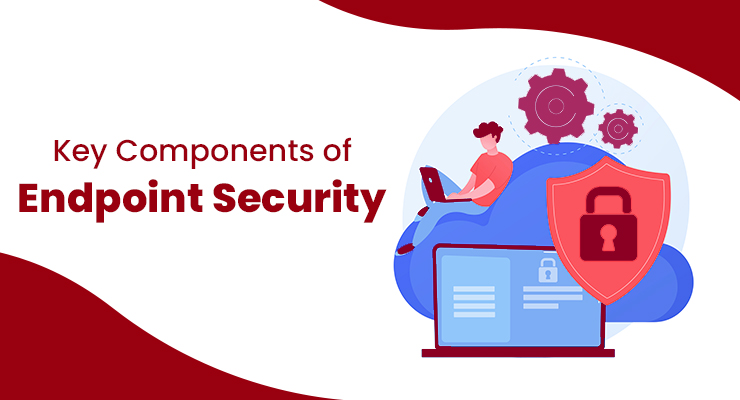Most organizations hopefully have a baseline of IT security measures in place already. So when looking at the topic of endpoint security, they have to decide whether to abandon their current toolset and invest in a brand new suite or else look to add on individual components to fully meet their needs.
Obviously, cost is a major factor when selecting an endpoint security solution. Vendor pricing will typically vary depending on how many users your company has and how large of a network you are operating. Keep in mind that, depending on what industry or sector your business operates in, that might dictate certain security protocols or regulations that you must follow.
Key Components of Endpoint Security
When doing comparison shopping for an endpoint solution, you need to look closely at exactly what you will be receiving for your investment. Some vendors claim to offer a complete suite but may actually be lacking certain components that other options include. Here are the main elements to look for:
- Device Protection– How does mobile endpoint security work? Your solution should include antivirus and malware protection for both computers and mobile devices like phones and tablets, protecting against attacks like ransomware.
- Network Controls– The endpoint security system should function like a comprehensive firewall that filters all incoming traffic and identifies potential risks.
- Application Controls– This involves integration with application servers to monitor and limit the kind of endpoint access they have.
- Data Controls– This includes tools that help to prevent data leaks and improve data security with encryption of sensitive information.
- Browser Protections – Endpoint security systems often include a web filter option so that you can choose what types of sites your users are allowed to access while connected to the network.


